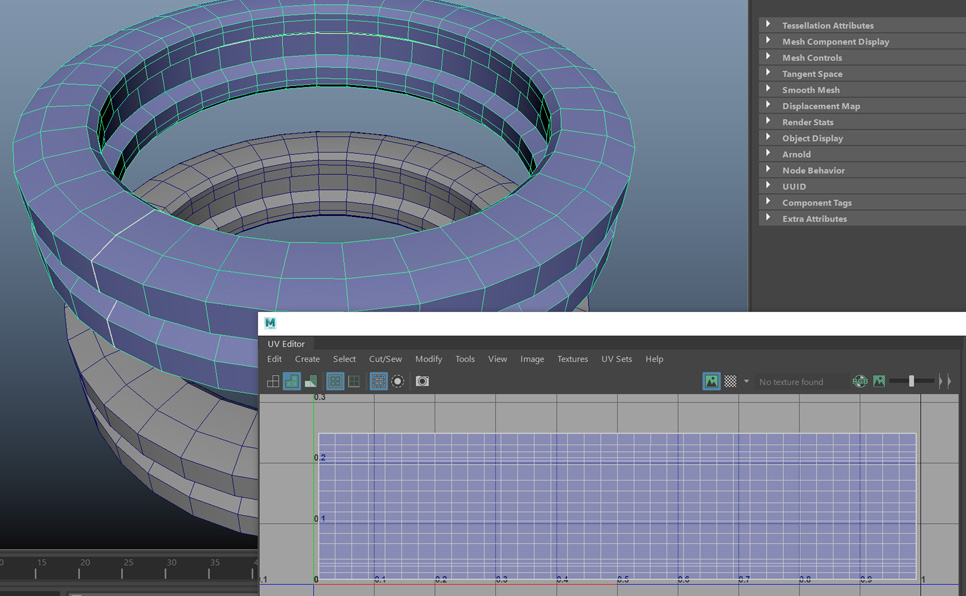Remote work has been the buzzword in the digital art world for quite some time now. In recent years, with technological advances allowing our equipment to stay updated and connected even at home, it’s become more accessible than ever before to work from any location of our choosing.
With constant improvements to the software every day, more and more digital artists have decided to take advantage of this opportunity by switching from a traditional office setup.
But is remote working as effective as they assume? Is it possible that we could be more productive remotely? What are some potential pros and cons of this living arrangement?
We will explore all these topics (and more!) in this blog post – so dive right into these insights if you’re interested in learning how remote work can shape our creative lives!
The Origins of Remote Work for Digital Artists
Remote work for digital artists has been on the rise for a few years now, and it’s not difficult to see why. Companies have embraced remote work as an efficient way of connecting with talented freelancers worldwide and allowing their in-house teams to be productive from anywhere.
Rather than having to commute repeatedly, digital artists have more freedom than ever to manage their schedules and maintain a work-life balance from wherever they are.
Whether it’s 3D modeling or video editing, many tasks traditionally requiring a physical workspace can now be taken on remotely, making companies more agile in their approach to some artistic disciplines.
The remote working revolution has breathed new life into the traditional job market. However, companies need to ensure they still foster a strong community feel with those individuals who are no longer ‘on site’ – because ultimately, people thrive in teams whether remote or not.
Pros and Cons of Working Remotely
Working remotely has become increasingly popular among digital artists as it can give us more control over our time and remove the stress of long commutes. However, some drawbacks need to be considered.
Working remotely can sometimes mean feeling a bit isolated, unable to get tips or feedback from colleagues, or developing relationships with coworkers. Furthermore, our sleep schedule and overall mood may suffer if we don’t take enough breaks.
Working in an office space often helps us stay on track throughout our day; however, working from home allows us more time with family, which is not something many people would scrimp on! So ultimately, it’s up to each worker to consider which works best for their lifestyle and determine the pros and cons of remote work for themselves.
How to Set Up Your Home Office as a Digital Artist
Whether you’re starting as a digital artist or an experienced maestro looking for a change of pace, making your home office comfortable, clean, and productive is the first step to nailing your remote workflow.
Start by finding the best place in your home to provide natural light from a window, ample space to accommodate your desk and chair, and plenty of peace. Of course, it’s important to keep family needs in mind when setting up your workspace as well, so ensure that everyone is as comfortable with it as you.
Remember that not only should your work area be organized; this includes keeping everything in its right place and trying not to overcrowd – but also make sure that the tools necessary to do the job are of good quality; this will help bring out quality output!
Tips on Staying Productive When Working Remotely
Working remotely has become increasingly popular for many digital artists and has numerous advantages. However, staying productive when you don’t have anyone watching over you can be a challenge.
To stay productive and efficient while working remotely, time management is key. One way to do so is by utilizing the Pomodoro technique by setting certain periods of intense focus and brief breaks in between.
Effective planning ahead of time can also help you break down longer tasks into smaller ones, allowing you to manage your time better. Additionally, having the right equipment that supports collaborative work can help keep everyone on the same page – good communication tools are essential for effective remote working.
With these tips in mind, your productivity should soar when you navigate remote working like a pro!
What Challenges Do You Face When Working Remotely
Working remotely comes with its own set of challenges, especially for digital artists. Communication can be one of the biggest obstacles when it comes to working remotely. Art has always been a team effort, so individual criticism and collaboration from colleagues can be hard to replicate virtually.
There is also the chance of isolation creeping in if you work alone, often resulting in depression or lack of energy and enthusiasm. Additionally, focusing on tasks can become difficult if your environment isn’t properly suited for working at home.
Bad eating habits are often formed without external motivation, such as colleagues or employers, to keep you accountable.
While remote work may have some advantages, it’s important to note these potential challenges too.
Is Remote Work the Future for Digital Artists?
The coronavirus pandemic has dramatically changed how digital artists work. Following the transition to remote work, companies have reduced costs while allowing their employees more convenience – they no longer need to commute.
They can work from home or wherever they’d like. But is remote work a better way of working?
Many people wonder if online collaboration tools contribute to higher productivity levels or if an identified decrease in morale and culture should be considered.
There are pros and cons, but ultimately it’s up to companies and employees to decide if taking their artistic endeavors online is the way forward for digital artists.
Frequently Asked Questions
Can I work remotely as a Digital Artist?
Yes, you can work remotely as a digital artist. With the right tools and techniques for time management, communication, and collaboration, it’s possible to take your creative endeavors online.
Companies have adapted to this change by providing their employees with convenience, cost savings, and flexibility in their work environment. However, there are potential challenges that come with working remotely, such as difficulty focusing on tasks or isolation creeping in if an individual work alone.
It is up to companies and individuals to decide if taking their artistic endeavors online is the best path forward.
What is a Digital Nomad?
A digital nomad is a person who can work remotely from anywhere in the world. This can involve working from home or traveling and living in different countries while still being able to work.
Digital nomads are rapidly becoming a more popular lifestyle for 3D artists. With advances in technology, 3D artists can now take their creative endeavors anywhere, with the ability to collaborate and network with other like-minded individuals worldwide.
How can I find Remote Work as an artist?
Finding remote work as an artist can be daunting, but it can be achieved with the right resources and strategies.
One way to get started is by utilizing job search websites specializing in freelance or remote positions. Sites like FlexJobs, Upwork, and Working Nomads are all great places to start your search and find potential
Digital artists must stay connected with recruiters and use LinkedIn to find potential remote work opportunities.
Additionally, having the right tools and strategies can help you navigate this new form of working more effectively so your productivity will soar!
Final Thoughts
The remote work trend has experienced a significant upsurge in the last few years across all industries, with digital artists who can take advantage of its benefits being particularly prominent.
Working remotely brings several pros, such as increased flexibility and comfort, but also some drawbacks, such as difficulties in networking with industry members. Identifying the tips and tricks to work from home effectively and efficiently can be challenging but are necessary to maintain productivity and stay focused.
We have seen through our examination of this subject that working remotely certainly has its challenges. There are ways to make it easier without compromising our creativity or productivity.
It is clear that remote work is here to stay, so artists should learn how to adjust their workflow strategies accordingly and capitalize on these changes. Are you currently working remotely? Let us know in the comments!

Nyx, Editor at Vertex Mode, is also an experienced 3D Artist in gaming and film, sharing insights on Digital Art and its creators.

